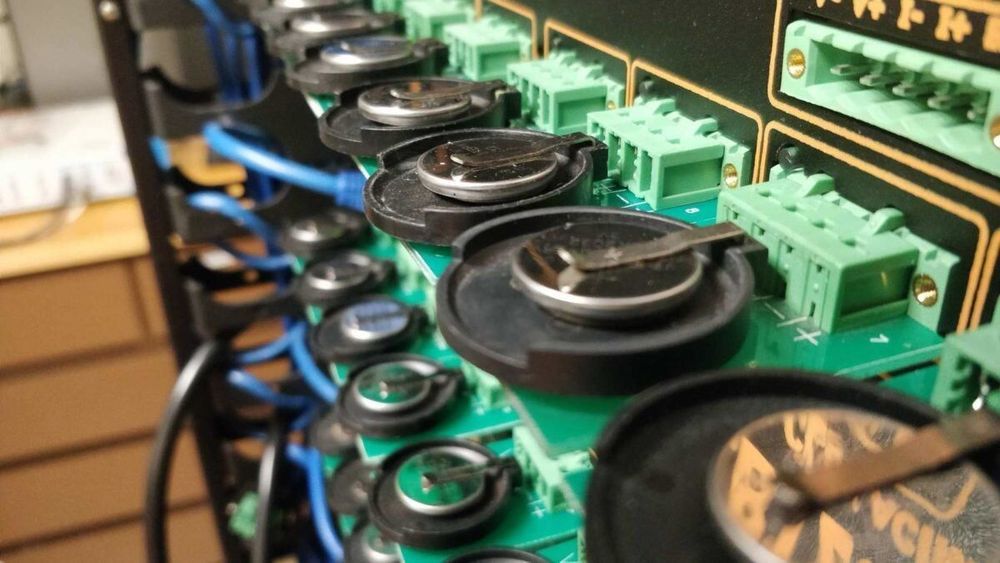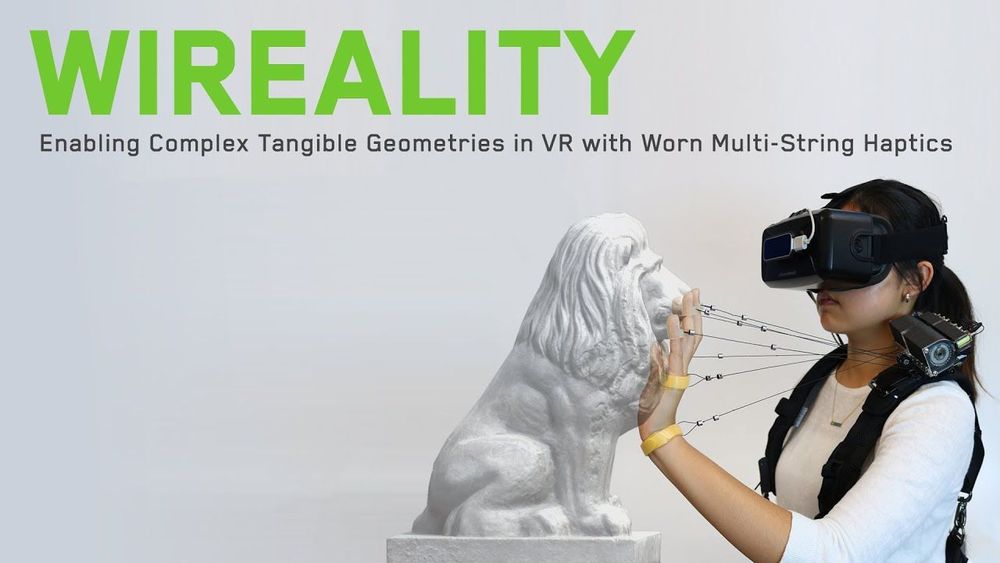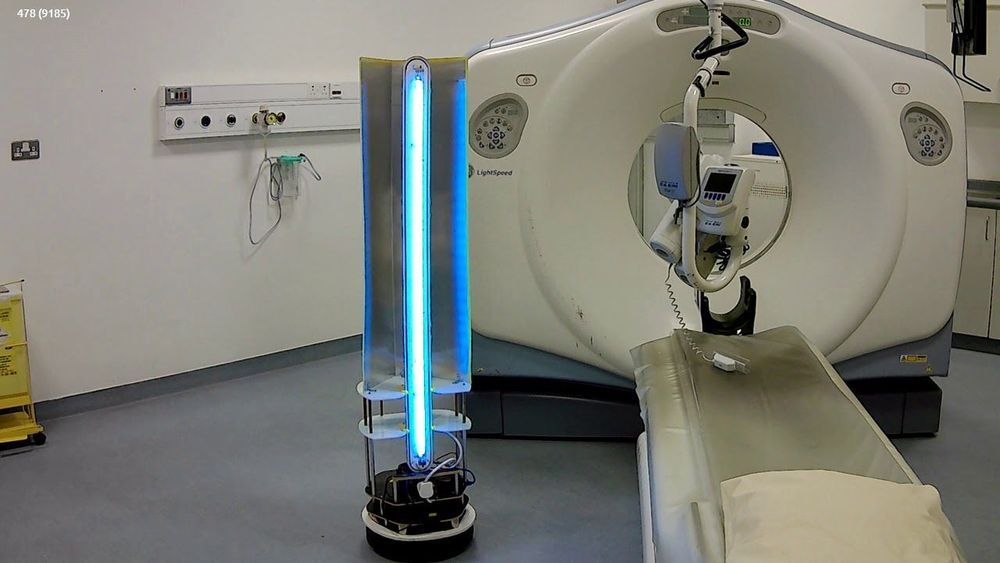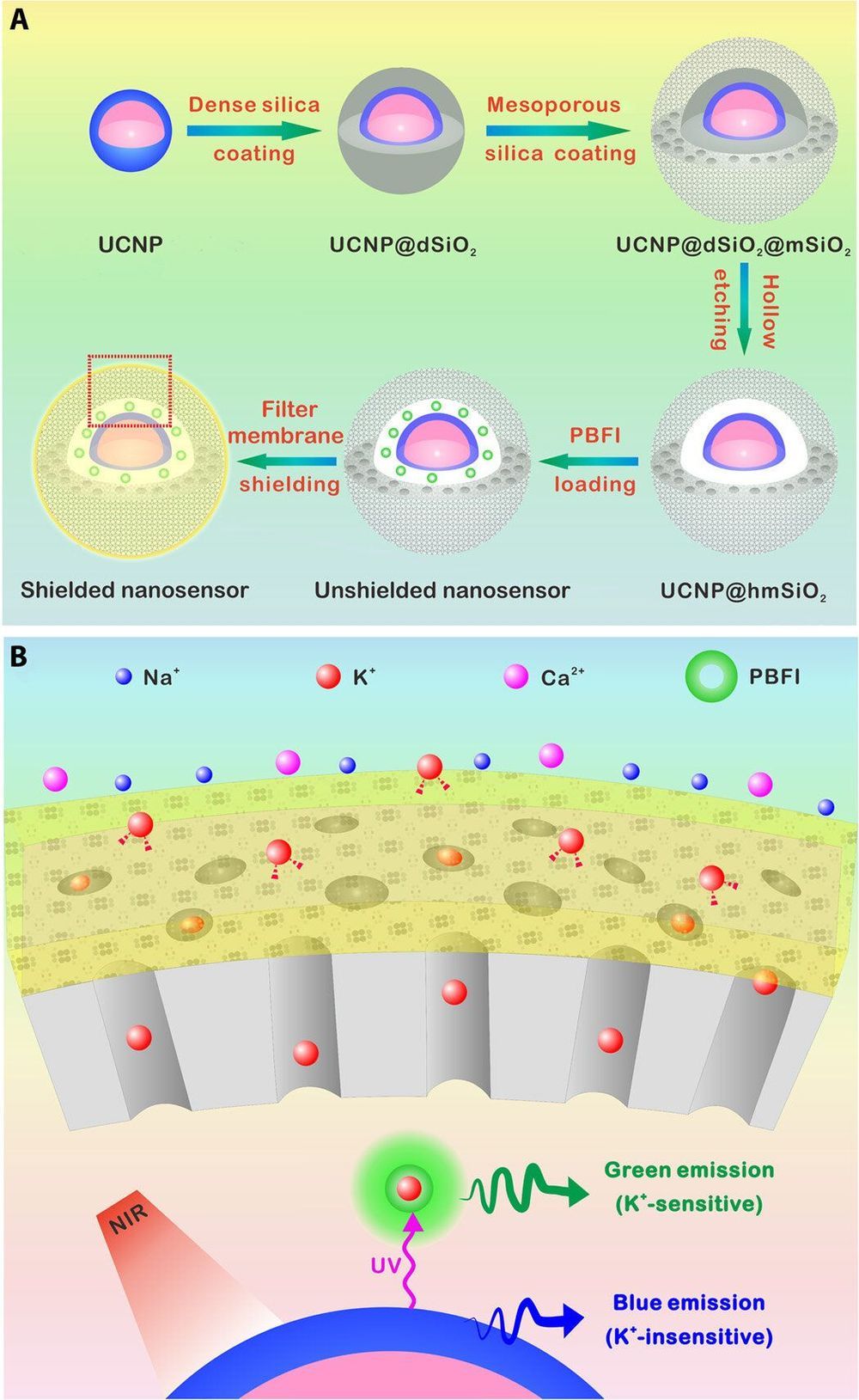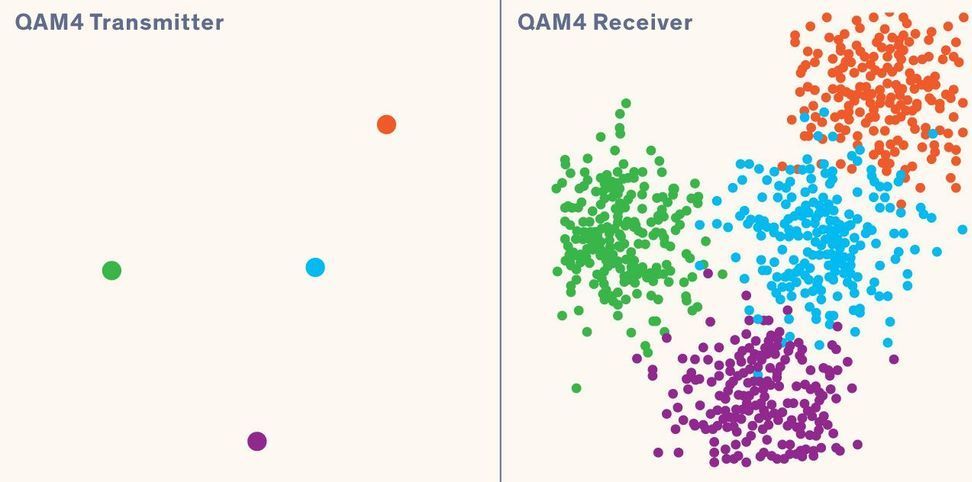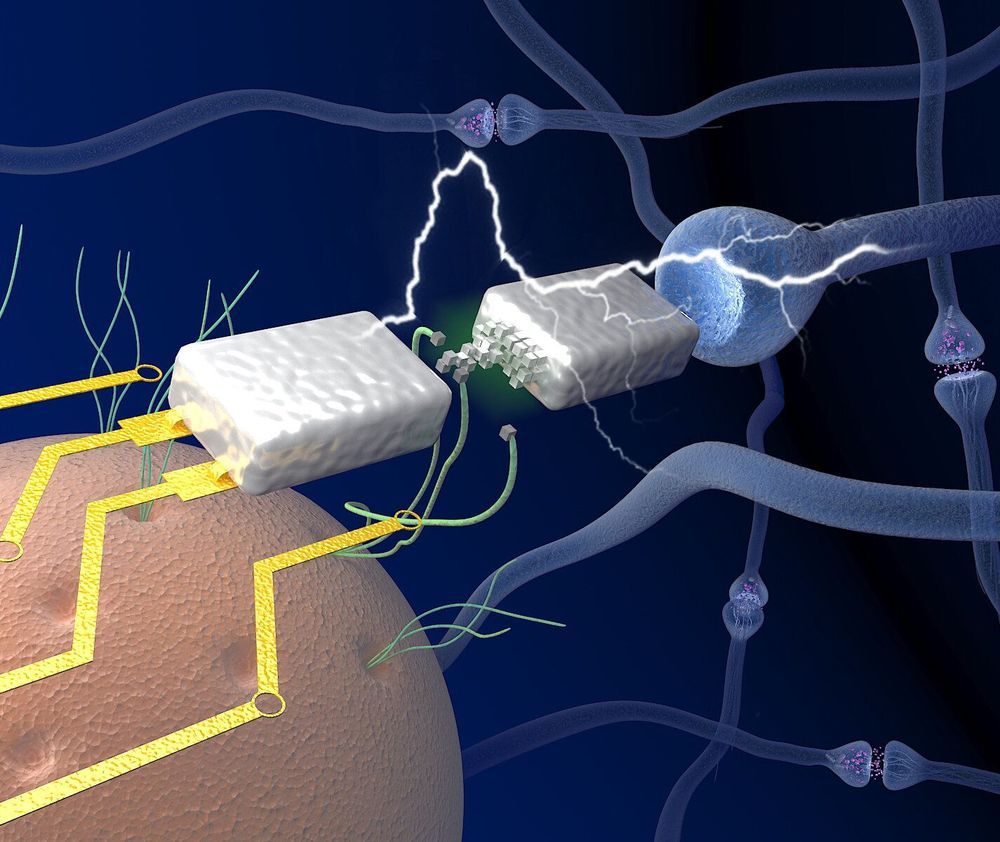May 2, 2020
New self-forming membrane to protect our environment
Posted by Genevieve Klien in categories: engineering, sustainability
A new class of self-forming membrane to separate carbon dioxide from a mixture of gases has been developed by Newcastle University researchers.
Operating like a coffee filter, it lets harmless gases, such as nitrogen, exit into the atmosphere and then the carbon dioxide can be processed.
The team believe that the system may be applicable for use in carbon dioxide separation processes, either to protect the environment or in reaction engineering.



